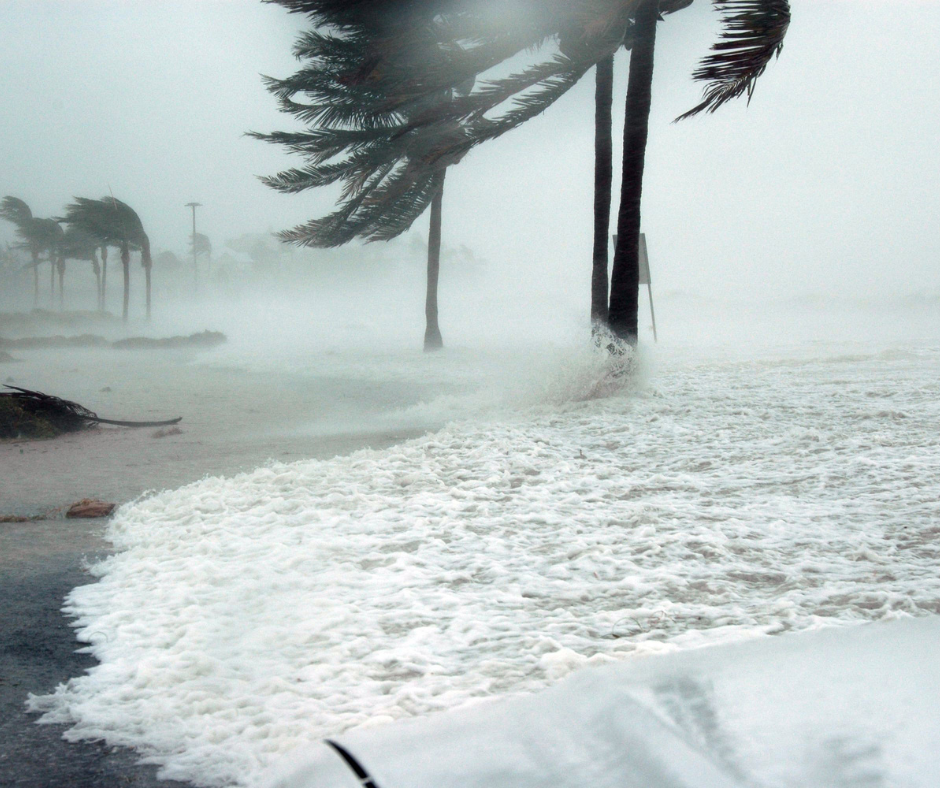6 Keys of Community Association Hurricane Preparedness & Response
May 31, 2023

June 1 marks the beginning of the Atlantic hurricane season. The National Oceanic and Atmospheric Administration (NOAA) predicts a “near-normal 2023” season with 12-17 named storms. Half of those could become hurricanes, and up to four could be designated Category 3, 4, or 5 storms.
Florida Community Association Manager, is your community ready?
How to Be Ready for Hurricane Season
ONE: Establish A Comprehensive Hurricane Preparedness Plan
We’ve all seen how hurricanes can make landfall anywhere they want, travel unexpected paths, dump unbelievable amounts of flooding rain, and include destructive tornadic activity even when they’re miles inland.
With all the variables at play, it’s crucial that you establish a hurricane preparedness plan for your community. Not only should your association have a plan, but so also should the contractors who work with you. Incorporate these plans into your contractual agreements, especially if you schedule work during the hurricane season. Consider requesting all on-site vendors to share their hurricane preparedness plans with you to allow your association attorneys to address and mitigate potential liabilities.
At a minimum, your preparedness plan should include these documents:
- Owner & resident emergency contact information records
- Notice alerting residents to an impending storm
- List to give residents on the risks of staying through a hurricane
- List to give residents of potential storm-related service disruptions
- Checklist for residents of things they should do before an evacuation
- An understanding-of-risk form for residents who choose to stay (to sign and return)
- Checklists for pre-storm communications
- Evacuation protocols and resident transportation options
- Guidelines for staff staying onsite through the storm
TWO: Establish A Comprehensive Hurricane Response Plan
This plan lists the actions to take after a hurricane passes through. It designates post-storm tasks and responsibilities to managers, officers, and directors. It includes resident rescue scenarios and communication protocols plus expectations for staff who are either off-site or on-site.
Depending on the severity of the storm, you may have to deal with power outages, internet failure, water contamination, sewer system disruption, building damage, and debris. A response plan sets up protocols for managing these situations at the community level and supporting owners and residents.
Note on debris removal: FEMA does not reimburse community associations for debris removal if a community owns its roads. Debris must be removed by your city. Well before the hurricane, meet with local officials regarding special ordinances to allow the city to remove your storm debris.
THREE: Ensure All Residents Know the Preparedness and Response Plans
Allay owner and resident concerns by making sure they are familiar with the community-level plans for storm preparation and storm recovery. People who understand that thorough and orderly plans are in place will be less likely to panic as the weather gets severe or during post-storm disaster situations.
FOUR: Know Your Local Government Disaster Response Authorities
Well ahead of the first storm, identify your municipal-level disaster response authorities. Get their contact information (consider meeting them in person) and ensure that your community is on all disaster notification trees/lists/alert systems. Confirm that your residents will have transportation if local authorities order an evacuation.
FIVE: Keep Insurance Policies Current & Inventory Assets
Review and update all insurance policies yearly. Pay attention to renewal dates. Inventory all assets with receipt records, photographs, videos, and drone videos. Record the exterior condition of all buildings and organize those records well. If you must file a post-storm insurance claim, properly catalogued receipts and thorough photo/video documentation will prove invaluable.
SIX: Maintain Landscaping & Equipment
By June 1 or soon after, trim trees away from residents’ roofs, common-area buildings, and roads. Take down trees that are dead or diseased. Thin dense trees.
Make sure all emergency equipment is inspected and in working order, including back-up generators and water pumps.
Establish a plan with appropriate personnel for protecting, covering, or bringing inside any items that could become projectiles in strong winds (furniture, ladders, planters).
Hurricane Preparation and Response Resources
Federal Emergency Management Agency
Disaster Resource Identification Fact Sheet
Disaster Financial Management Guide
Developing and Maintaining Emergency Operations Plans Preparedness Guide
National Oceanic and Atmospheric Administration (NOAA)
YouTube: NOAA’s 2023 Atlantic Hurricane Season Outlook
FloridaDisaster.org (Florida Division of Emergency Management)
Ready.gov
ReadyBusiness Hurricane Toolkit
This 64-page document from the US government provides “the tools to plan, take action, and become a Ready Business by addressing preparedness and mitigation for your staff, surroundings, space, systems, structure, and service.”
Planning, staying safe, and returning home guides
Becker Hurricane Preparedness & Recovery Guide for Community Associations
Becker Law has served Florida for more than two decades and itself has weathered many hurricanes. Its guide is designed to help community associations managers and boards to prepare themselves, their members, and their properties for the approach and aftermath of major storms.
Conclusion
Hurricanes are a part of life for those of us who live and work in Florida. As a Community Association Manager, you bear the responsibility of protecting your residents and community properties by being as prepared as possible for severe weather and for post-storm disaster situations.
Although CAMs have no control over weather conditions and the severity of events, you can be thoroughly prepared for whatever comes. This preparation can make all the difference in how successfully your community and individual residents manage the storm, recover from it, and return to normal life.